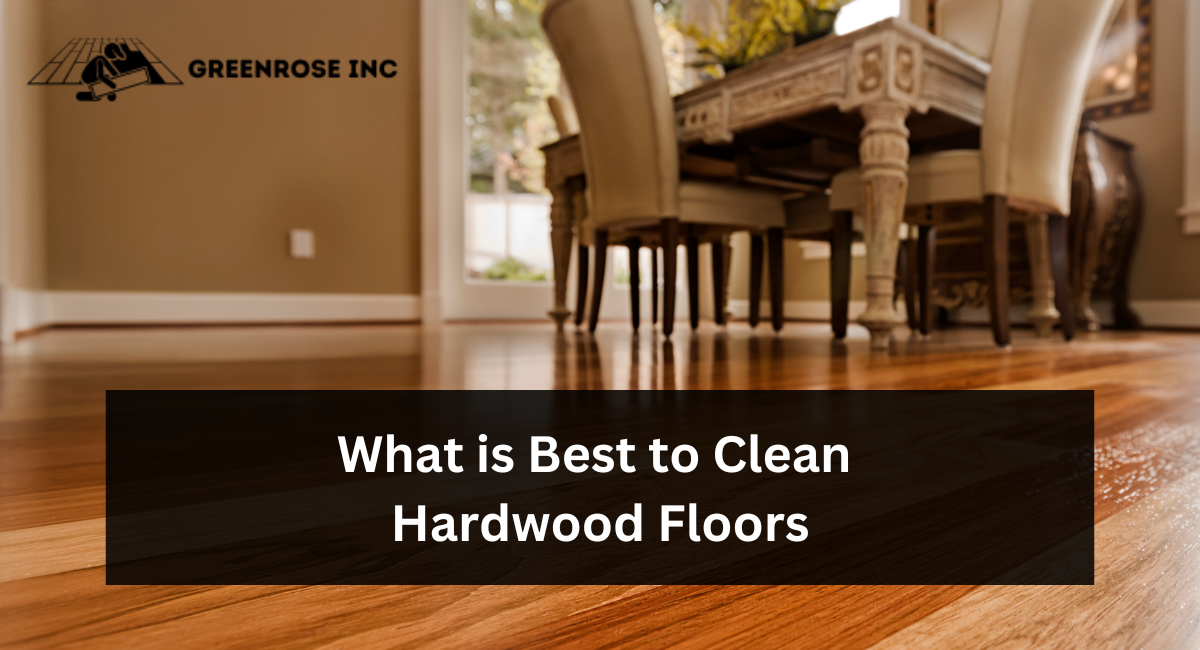Maintenance is vital when it comes to keeping hardwood floors looking beautiful. A weekly sweep and mop with an appropriate wood floor cleaner should do just fine to maintain clean floors.
Stay clear of vinegar; it could compromise specific finishes. Instead, opt for natural cleaners without leaving behind any film buildup.
Dusting
Dust, dirt, and other debris should be regularly removed from your hardwood floors to help reduce scratching and dulling. While sweeping and vacuuming are effective measures for this, for a deeper clean, consider using either a microfiber dust mop or the soft brush attachment of your vacuum cleaner (be sure to select this when purchasing).
Remember hard-to-reach areas like under furniture and baseboards, which need attention!
Your hardwood floors should be mopped weekly or more often as necessary. To do so, fill a bucket with warm water and mix in an eco-friendly floor cleaner like vinegar (1 cup per gallon is a compelling mix), but be careful not to overdo it; too much liquid sitting on its surface could cause it to expand and eventually crack over time.
Clean hardwoods can protect them from scratches, mold, and mildew, prolong their life, and improve indoor air quality in your home.
In addition, this practice keeps surfaces free from germs that could make you or your family sick. For maximum appearance and reduced costs for maintenance purposes, apply a coat of polyurethane every two to three months to further enhance appearances while decreasing maintenance costs.
Sweeping
A quality broom with soft bristles effectively removes dirt and grit from hardwood floors without scratching. At the same time, vacuums equipped with brush attachments may effectively remove dust from crevices and crevasses.
The frequency of sweeping and mopping will depend on your lifestyle; professional cleaners advise weekly for high-traffic areas or shoe-free households and biweekly for less-busy rooms or less-shoed households.
Rugs should permanently be removed before sweeping to allow a vacuum or broom to reach between them and collect any dirt that has fallen onto the floor beneath.
Experts agree that using as little water as possible is critical when cleaning wood floors. According to Karina Toner, a cleaning expert, standing water can seep into seams and gaps between wood planks, leading to swelling and discoloration.
Professional cleaners favor vinegar over soap and water when cleaning wood floors, as it leaves no streaks or makes the surface slippery. A simple mixture of 1 cup of white vinegar per gallon of warm water is all it takes for excellent cleaning that leaves a pleasant aroma.
Hardwood floors make an elegant and long-term choice for any home, but preserving them requires regular upkeep. Scratches and stains must be addressed promptly, and sweeping regularly is also essential to keep them looking like new for years.
Mopping
Mopping hardwood floors is the ideal way to eliminate dirt and grime that a vacuum cannot capture, as well as liquid spills or stains that dry on wood flooring but remain embedded into its planks and thus attract more dust. Professionals advise damp mopping hardwood floors at least once weekly in high-traffic areas and less frequently elsewhere.
Before mopping, soak a sponge or rag in clean water and squeeze out excess moisture until only slightly damp to the touch.
Add several drops of mild, non-alkaline cleaning solution designed for hardwood floors to protect their finish.
With a microfiber mop, apply cleaner to the floor and rub in a circular motion to dissolve dirt and grime.
Be sure to wipe up excess liquid immediately, as standing water can damage wood surfaces; in humid regions, consider running fans or air-conditioners for speedier drying time.
Make sure to mop your stairs, fences, and other hard-to-reach spaces regularly with microfiber pad mops; their gentle nature makes this task much more straightforward than using string or sponge mop heads.
If scuff marks or stains remain apparent after mopping, apply non-gel stain remover directly on the affected area using an old cloth or paper towel and rub lightly until the stained area has been cleared.
Conclusion:
In wrapping up our exploration of the best ways to clean hardwood floors, it’s clear that a combination of gentle cleaning solutions, proper tools, and a consistent maintenance routine is crucial for preserving the beauty and longevity of your hardwood surfaces.
Whether opting for DIY solutions or commercial cleaners, always prioritize products suitable for your hardwood finish. With a mindful approach to cleaning, you can ensure your hardwood floors not only shine but also stand the test of time.

